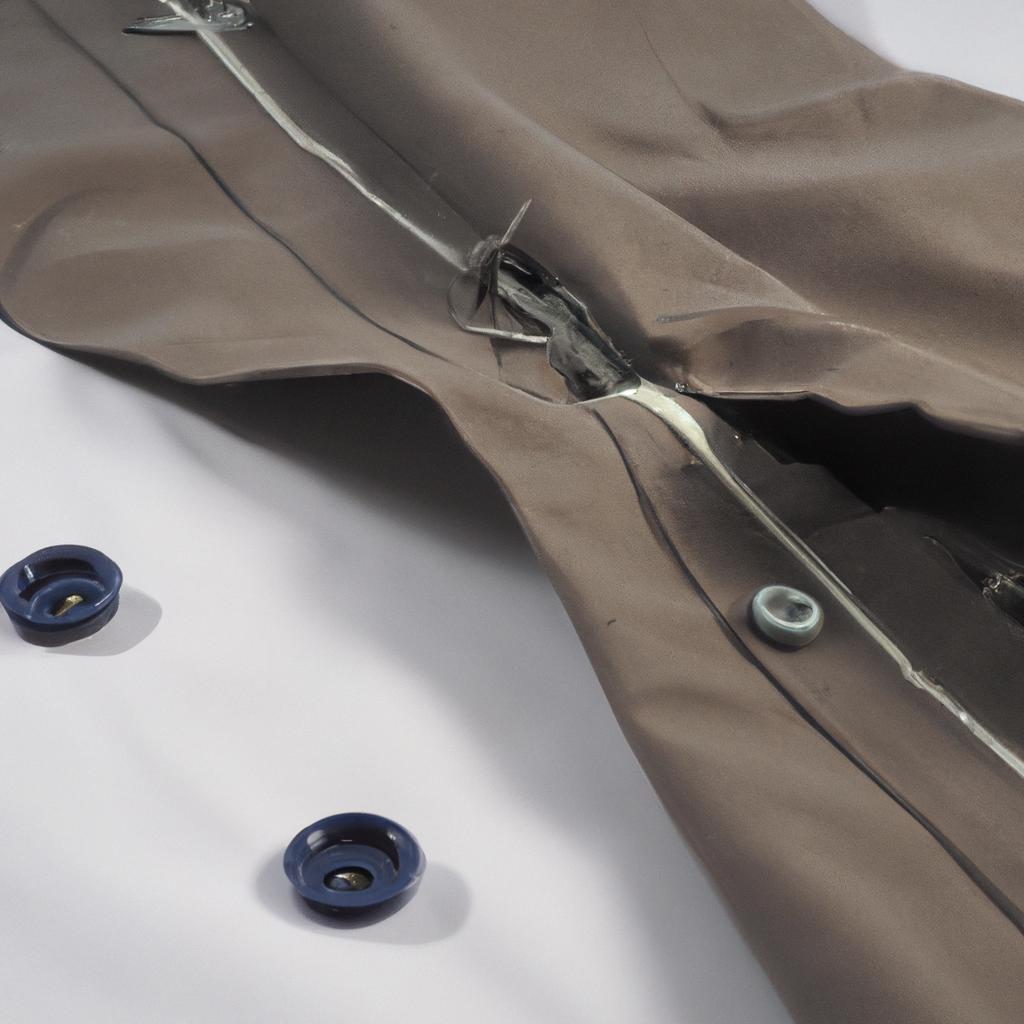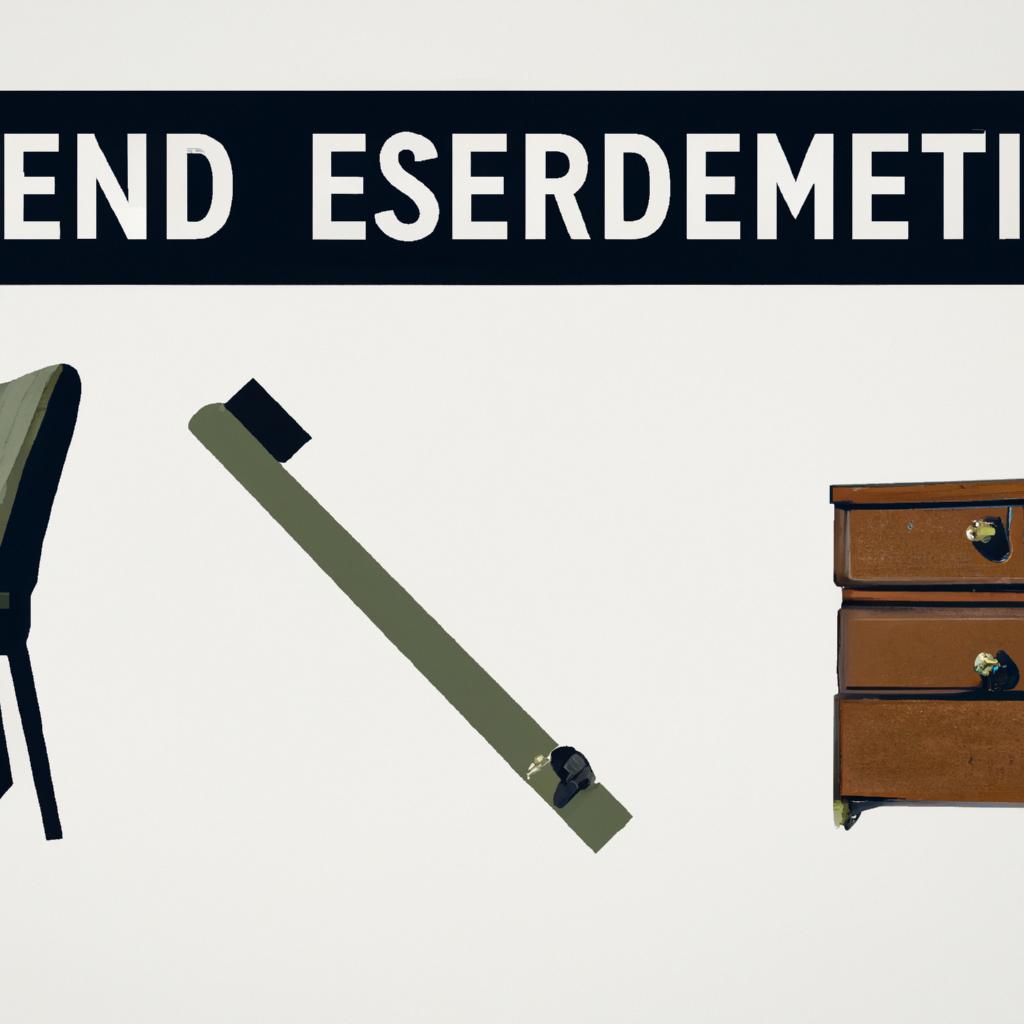In a world dominated by fast fashion and disposable furniture, the art of DIY emerges as a refreshing antidote, inviting us to reclaim ownership over our belongings through the time-honored skills of mending and repairing. “Master the Art of DIY: Simple Repair Skills for Mending Clothes and Fixing Furniture” aims to guide both novices and seasoned enthusiasts on a journey of creativity and resourcefulness. Whether it’s a beloved shirt that needs a new lease on life or a cherished chair that has seen better days, learning how to repair rather than replace can not only save money but also spark a sense of accomplishment and personal connection to our possessions. Join us as we explore essential tools and techniques that will empower you to breathe new life into your wardrobe and home, transforming simple repairs into a fulfilling and sustainable practice.
Effective Techniques for Mending Clothes with Minimal Tools
Utilizing minimal tools doesn’t have to hinder your creativity or effectiveness when mending clothes. With a few basic items at your disposal, you can easily tackle common repairs and breathe new life into your wardrobe. Consider these **essential techniques**:
- Hand Stitching: A simple needle and thread can go a long way. Use a basic running stitch for hems or a backstitch for seams that need added strength.
- Fabric Glue: For quick fixes, fabric glue offers a no-sew option. Ideal for securing hems or applying patches, just apply, press, and let dry.
- Iron-on Patches: Perfect for covering holes, these patches can seal the deal. Just heat with an iron, and watch as they fuse seamlessly onto your fabric.
- Safety Pins: An age-old trick for emergencies, safety pins can hold together torn clothing until you find time to sew it properly.
- Buttons and Snaps: Replace missing buttons or snaps with a simple sewing kit; these small additions can revamp the functionality of your clothes.
| Technique | Best For | Pros |
|---|---|---|
| Hand Stitching | Seams & Hems | Strength & Durability |
| Fabric Glue | Quick Fixes | No Sewing Required |
| Iron-on Patches | Holes | Sleek Finish |
| Safety Pins | Temporary Holds | Easy to Use |
| Buttons & Snaps | Fasteners | Functional & Stylish |

Essential Tips for Revitalizing Furniture Through Simple Repairs
Revitalizing your furniture can be a rewarding endeavor, transforming tired pieces into eye-catching home accents with just a few simple repairs. Start by assessing the condition of your furniture; look for scratches, loose joints, and worn-out upholstery that can benefit from a little TLC. Here are some effective repair tips to get you started:
- Wood Restoration: Use wood polish or a mixture of vinegar and olive oil to remove scratches and restore shine.
- Reinforce Joints: Apply wood glue to loose joints and clamp until dry to ensure durability.
- Upholstery Refresh: For small tears, utilize fabric glue; for more extensive damage, consider reupholstering with new fabric.
Additionally, if you’re dealing with fabric that has seen better days, it might be useful to explore fabric patches or even creative painting techniques to give your furniture a fresh look without a complete overhaul. Here’s a quick comparison of common repair methods:
| Repair Method | Best For | Time Required |
|---|---|---|
| Wood Polish | Surface scratches and dull finishes | 5-10 minutes |
| Wood Glue | Loose or broken joints | 30-60 minutes (including drying time) |
| Upholstery Repair | Rips and tears in fabric | 1-3 hours |
By tackling these straightforward repairs, you can breathe new life into your beloved furniture, proving that with a little skill and creativity, you can achieve remarkable results.
In Retrospect
As we conclude our exploration of DIY mastery, remember that the art of mending clothes and fixing furniture is less about perfection and more about empowerment. Each stitch and every adjustment not only breathes new life into your beloved items but also fosters a deeper connection between you and the things you cherish. With the skills you’ve acquired, you’re now equipped to tackle the little repairs that once felt daunting, transforming challenges into opportunities for creativity and self-expression.
Embrace your newfound abilities, and don’t hesitate to experiment—every project is a step towards becoming a more resourceful you. So grab a needle or a wrench, and begin your journey of transformation. The next time you encounter a small tear or a wobbly chair, remember: you hold the power to mend and make it whole again. Happy repairing!









